We are going to review some of the new generation apples which not all people know of. In this article, we are going to take a look at Discovery, Fallstaff, Katy, and Fiesta apples and apple trees. We are going to mention their Pollination, taste, and sales near me advertisements that you see on the internet.
When people think of England, the first things that come to mind are typically its accents, soccer, London, and the royal family. However, the next time you find yourself thinking about England, you should also give some thought to the Discovery Apple. Discovery apples stand out among other types of apples for a number of reasons, all of which will be covered in the following paragraphs. Nevertheless, let it suffice to say that the discovery made by the Discovery has been successful! On this side of the pond, the vast majority of people are probably not familiar with this variety of apples. Keep reading to find out everything you need to know about the Discovery apple, including the many reasons why you should try it!
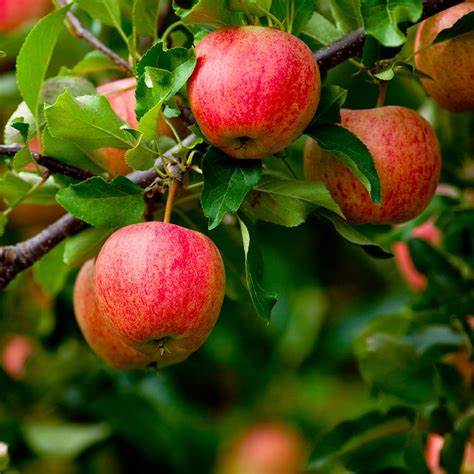
Discovery apple tree pollination
The majority of apples, including Discovery apples, do not self-pollinate. For them to thrive, they typically need to cross-pollinate with another variety. The best options for crossing with Discovery are listed below.
- Size
Your apple tree will grow to be between 12 and 15 feet tall and about the same width. The fruits are substantial compared to other apples.
- Spacing
Planting trees 12 to 15 feet apart, which is equal to the size of the tree when fully grown, is the ideal spacing practice. They will be close together as a result but will still have space to grow when they are fully grown.
If you want to grow the Discovery apple in your backyard orchard, there are a few things you need to know. They are grown in a manner similar to that of the majority of other apple varieties. Durability Zone
Discovery is best adapted for hardiness zones 4 through 9, like the majority of apples.
- Date of Planting
Residents of areas with cold winters and a more temperate climate should plant their apple trees in the spring. You should plant it in the fall if you live in a warmer region where the temperature doesn’t frequently drop below freezing. If it takes your newly planted tree a few years to start bearing fruit, don’t be shocked.
- Date of Harvest
For the first time, apples can be picked in the middle of August or early September, making this a one-of-a-kind harvest. The tree, on the other hand, will continue to bear fruit that is ready to be picked until the end of October or until the first frost.
- Apple Tree Care: A Guide for the Newbie
Maintaining your apple tree is essential to its long-term viability. Visit Minneopa Orchards’ comprehensive guide to apple tree care for all the details you require. Ideas for the Discovery’s care are included here.
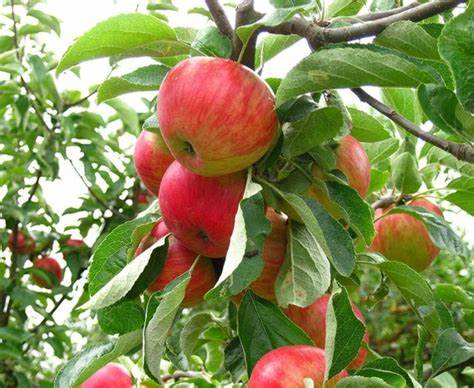
Discovery apple taste
- Definitions of the Traits of the Discovery Apple
In addition to having won multiple awards and being ready for harvesting earlier than other apple varieties, the Discovery apple also has one of the most stunning hues of any apple variety. The skin of Discovery is a bright red color with subtle hints of red striping all around. The flesh on the inside of Discovery is succulent, snow-white, and delightfully firm. The fact that Discovery apples don’t keep very well is the only significant drawback to purchasing them. After they have been picked, they only remain crisp for about a week before beginning to lose their firmness.
Discovery apples range in size from small to medium and are primarily blood red in color with small patches of yellow throughout their surface. On occasion, the blood-red skin can seep into the flesh and give it a pinkish color on the outer edges. This occurs when the blood seeps into the wound. Because of its moderate disease resistance and low level of care requirements, the Discovery apple variety is frequently lauded as being particularly well-suited for cultivation at home.
- Flavor Profile
The flavor of Discovery apples can be described as sweet, with a hint of sourness. However, what stands out the most is that they have a flavor profile that can only be described as uniquely strawberry. In general, Discovery does not overwhelm the taste buds but rather satisfies them in a subdued manner.
- Explore New Apple Combinations Here
The Discovery apple is a wonderful dessert apple that does not overwhelm the senses and tastes best when it is eaten right off the tree where it was grown. In addition to this, apple juice, applesauce, and apple cider made from these apples are of the highest quality. Due to the fact that Discovery does not keep for very long, the best time to consume one is immediately after it has been plucked from the tree.
- The History of the Discovery of Apple
In 1949, Mr. Drummer of Essex, England, was the first person to uncover the existence of discovery apples. When he made the Discovery, he was working as a farmhand on a fruit farm in Essex. The name of the apple, which had previously been known as Thurston August, was changed to Discovery in 1962. The Worcester Pearmain and another variety, which has not yet been named, were crossed to produce the Discovery variety. However, there are some people who believe that Beauty of Bath is the offspring of the second parent.
The Discovery Apple is widely regarded as one of the most well-liked varieties of fruit to have originated in England. This is largely attributable to the fact that it is responsible for producing some of the earliest-season apples in the world. Discovery apples are picked during the months of August and September, while the majority of other types of apples cannot be picked until the middle or latter part of autumn. Because of this, it is very appealing to grocery stores in the United States. In 1993, the Royal Horticultural Society also bestowed upon Discovery an Award of Garden Merit on behalf of the organization.
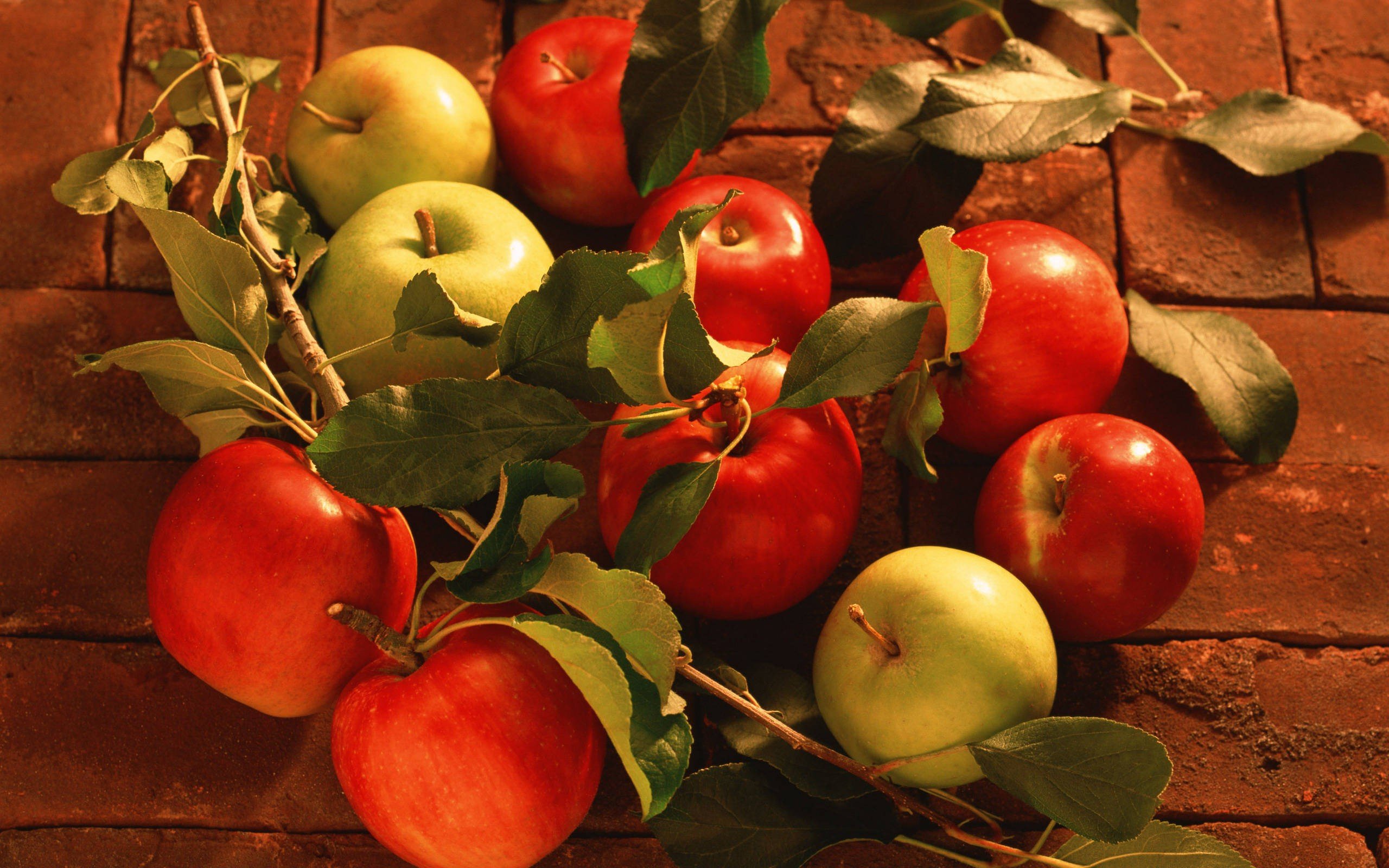
Falstaff apple
Falstaff is a brand-new apple because it was created in Kent in the 1980s. Falstaff is, without a doubt, a very attractive apple. It is reasonably large in size and has a lovely red flush over a golden yellow background. For modern growers, appearance is of utmost importance.
Falstaff is yet another take on a well-known contemporary theme: growers looking to outdo Golden Delicious. While Golden Delicious is likely the source of Falstaff’s size and yellow background color, James Grieve, a juicy and pleasantly acidic apple that originated in Scotland in the 1890s, is the parent that Falstaff really emulates when it comes to flavor.
There is a red sport called Red Falstaff that shares all of the same qualities with the white Falstaff, with the exception of having a redder and more striking shade of red.
Fresh off the tree, Falstaff has flesh that is a light cream color and is crunchy and juicy. As it ages, it softens and mellows a little bit, but it still stays juicy. The flavor is very well-balanced, combining sweetness from Golden Delicious and acidity from James Grieve, but it lacks the complexity of Victorian apples. When picked straight from the tree, Falstaff has a pleasingly sharp flavor that is most likely influenced by its James Grieve ancestry (which is actually the best way to enjoy it). Fans of the more traditional English flavor will find something to enjoy in the flavor as well; Cox’s Orange Pippin is most likely one of the flavor’s ancestors.
This apple is great for making your own apple juice, just like many James Grieve descendants.
Falstaff and Red Falstaff are two of the best varieties for gardens. Only the minimal effort needed compares to the quantity and quality of apples produced; even the most incompetent gardener should succeed with this variety. Although it has a slight tendency to scab, this is rarely a problem. In our experience, this apple does everything you would expect an apple to do, and almost everyone, even those who claim not to like apples, really enjoys it.
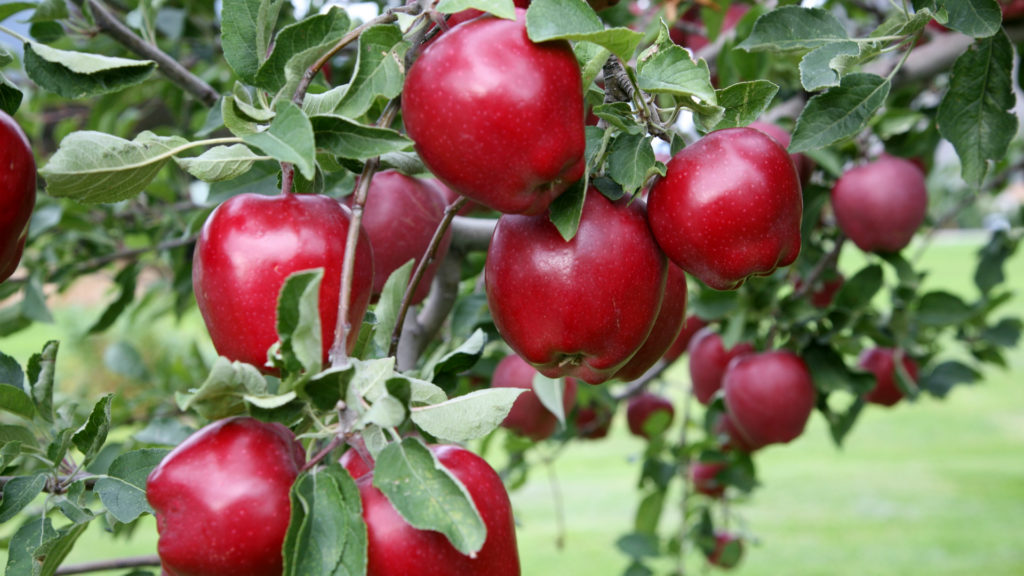
Katy apple trees for sale
Apple Katy, also known as Katya, is a variety of apple that is considered to be among the best early to mid-season apples that are on sale. It produces apples that are medium-sized, red over yellow-green, with cream-colored, fairly crisp skins and exceptionally juicy flesh. The flesh has a good flavor that is just slightly sharp, and the skin is very firm; it is suitable for children’s lunches and is enjoyed by them. Even with only minor pruning, the tree has retained a good deal of its shape and vitality.
Very dependable and weighty performer. Bearer of spurs; readily produces spurs, even if the plant is not pruned. The tree blossom is particularly lovely and lasts for a long time, which makes it an excellent pollinator. Additionally, the plant can withstand late frosts, making it an advantageous choice for locations with lower average temperatures. It only stays fresh for about a week; you can juice or cook with any of it that you don’t eat. It can produce well despite adverse environmental conditions and is resistant to the majority of plant diseases, particularly cancer. Grows best in nutrient-dense soil. An apple that is exceptionally simple to cultivate and dependable, making it an excellent choice for novice gardeners and a strikingly beautiful focal point for landscapes.
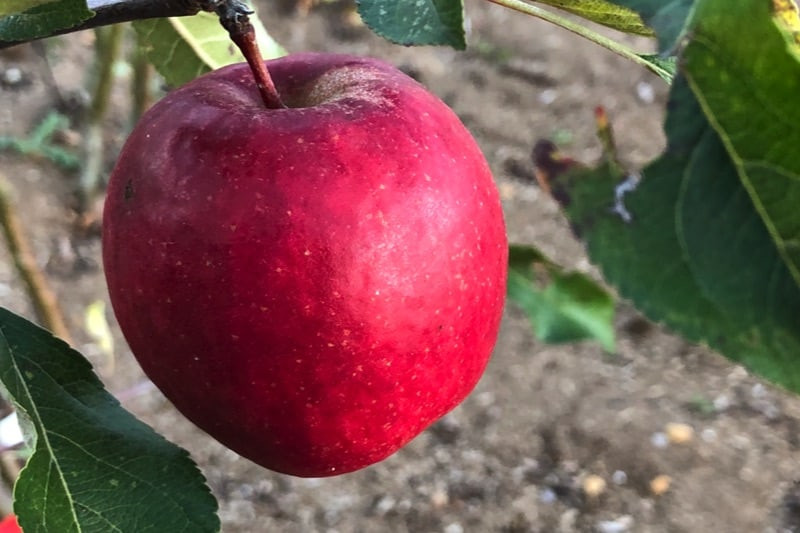
Apple trees for sale near me
You might have seen the Apple trees for sale near me advertisements. Well, the best method to buy apples in bulk is to order your requirements online. Because of the fast shipments and quality, this is the recommended method to buy apples no matter where you are.
East Malling Research first introduced Falstaff in 1971; its parents were James Grieve and Golden Delicious.
A “sport” known as Red Falstaff, a naturally occurring genetic mutation of the original, was found in Norfolk, UK, in 1983. It possesses all of the same traits as its parent but has skin that is slightly more attractively colored and redder.
A high cropping, dependable variety with apples that taste sweet and acidic and look the part. The ability to resist disease is good, and keeping qualities are reasonable.
- Parentage
James Grieve and Golden Delicious are the parents of Falstaff and Red Falstaff, with James Grieve seemingly having the most influence in terms of taste and appearance. Beginning in 1965, it was bred at East Malling Research.
- Apple of Falstaff
The flavor has the perfect amount of sweetness and acidity that most people expect from a modern apple tree. There is a lot of reviving juice, and the texture is firm and crunchy. White cream makes up the flesh. The apples are harvested in September and October, and if stored properly, you can continue to enjoy them through January.
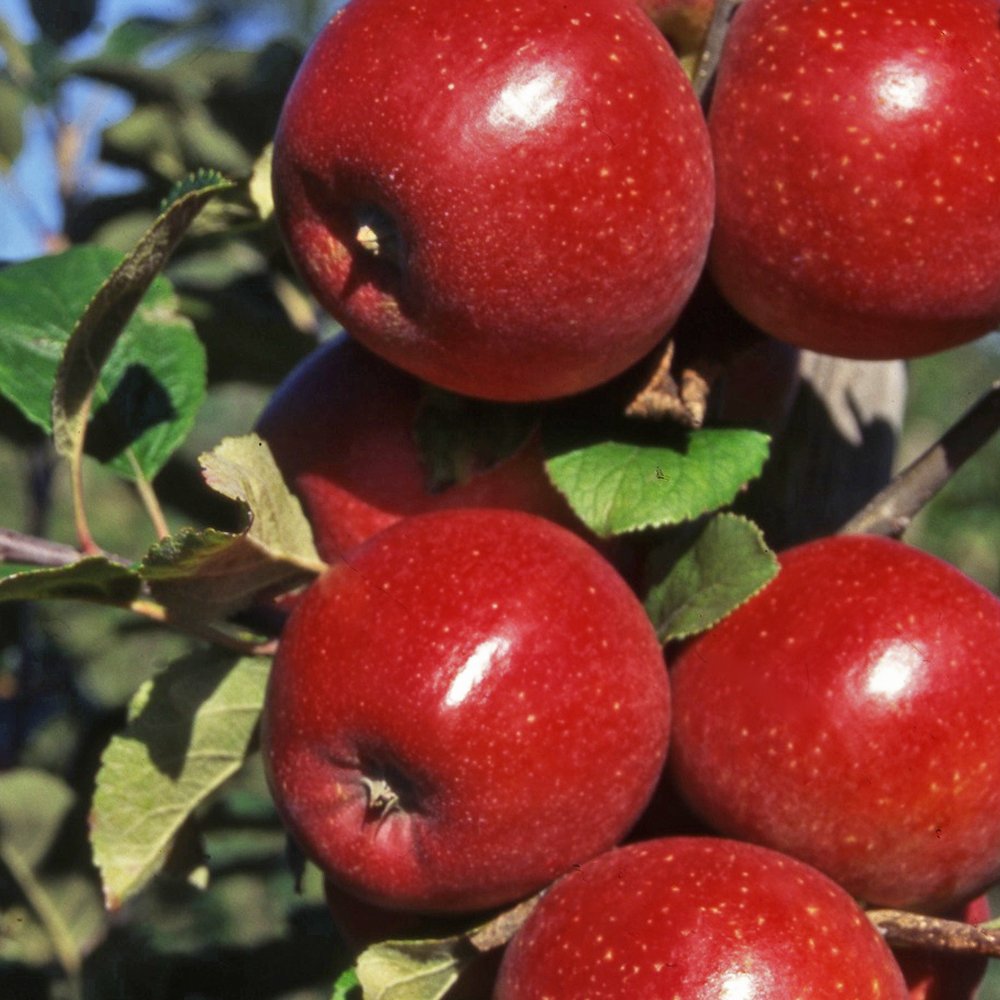
Fiesta apple trees for sale
The East Malling Research Station in Kent produced the modern English variety Fiesta, also referred to as Red Pippin, in the 1970s. One of the parents is the traditional English Cox’s Orange Pippin, like many contemporary apples. In many ways, Fiesta is a much better alternative to Cox’s Orange Pippin, even though it lacks some of the depth and subtlety. It is also a better option for gardeners.
The other parent is frequently where the flavor of the majority of contemporary cultivars derived from Cox’s Orange Pippin is to be found. For Fiesta, this is Idared, an American variety from the 1940s that is also quite similar to Cox. Perhaps it is because of this resemblance that Fiesta captures the basic Cox flavor so faithfully.
Fiesta is a medium-sized apple with a distinctive red and orange flush over the yellow coloration, which is a very lovely autumnal coloring. It is more accessible and easier to eat than Cox, and it is crisper than Cox. It is a great variety to use for making your own apple juice because it is also quite juicy.
Despite having some of Cox’s rich complexity and good acidity, the flavor is primarily sweet. In an ideal year, Fiesta approaches the heights of Cox’s Orange Pippin, while in an average year, it is simply a good sweet Cox-style apple. This apple could be really good, and now it’s on sale.
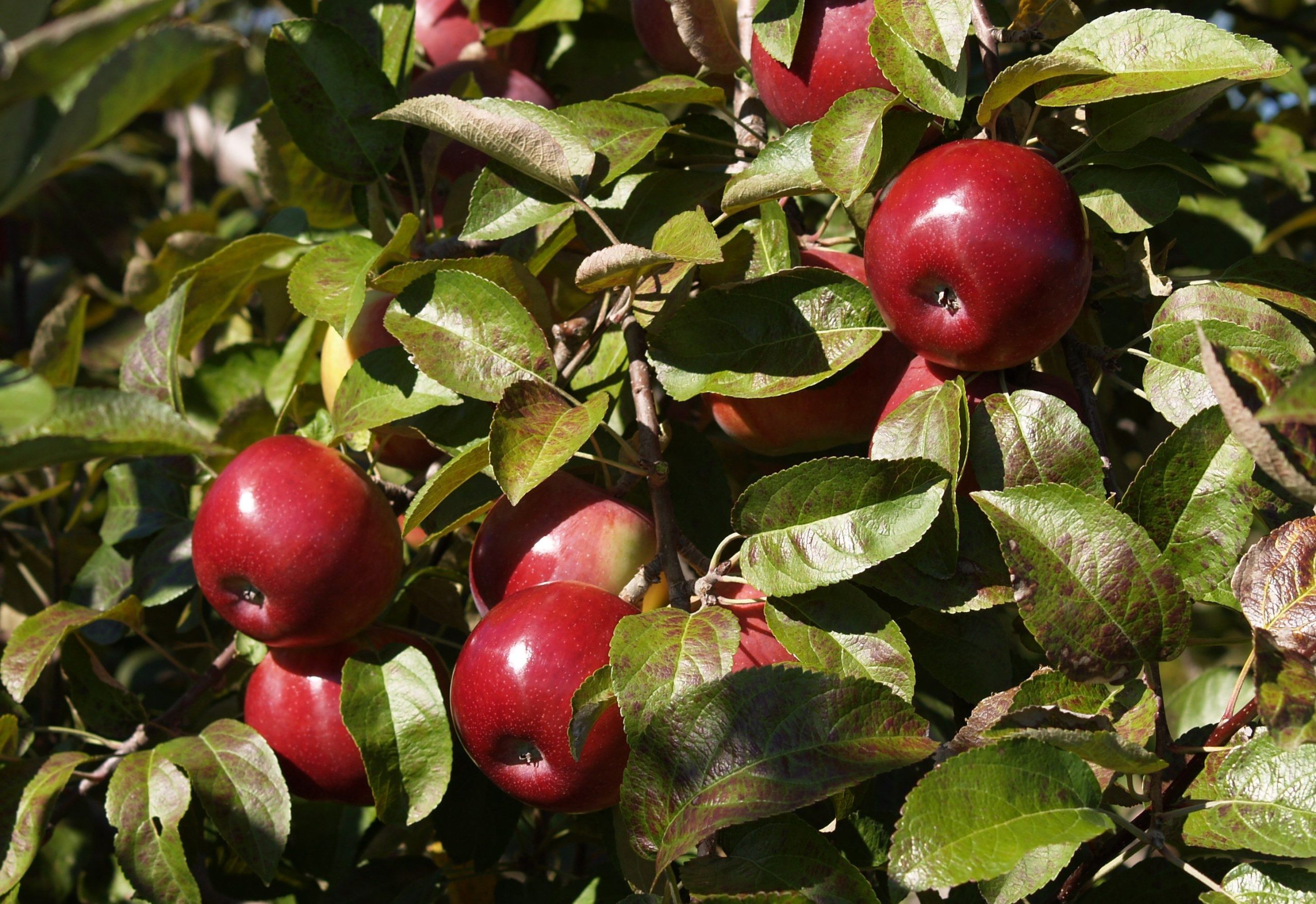
Idared stores incredibly well and can easily last into the following spring in a simple cold store, while Cox is not a great apple for storing. Fiesta shares Idared’s inherent longevity, but it is firmer and loses some of its alluring sweetness over time. Despite this, it is still enjoyable to eat fresh, which is unquestionably a plus.
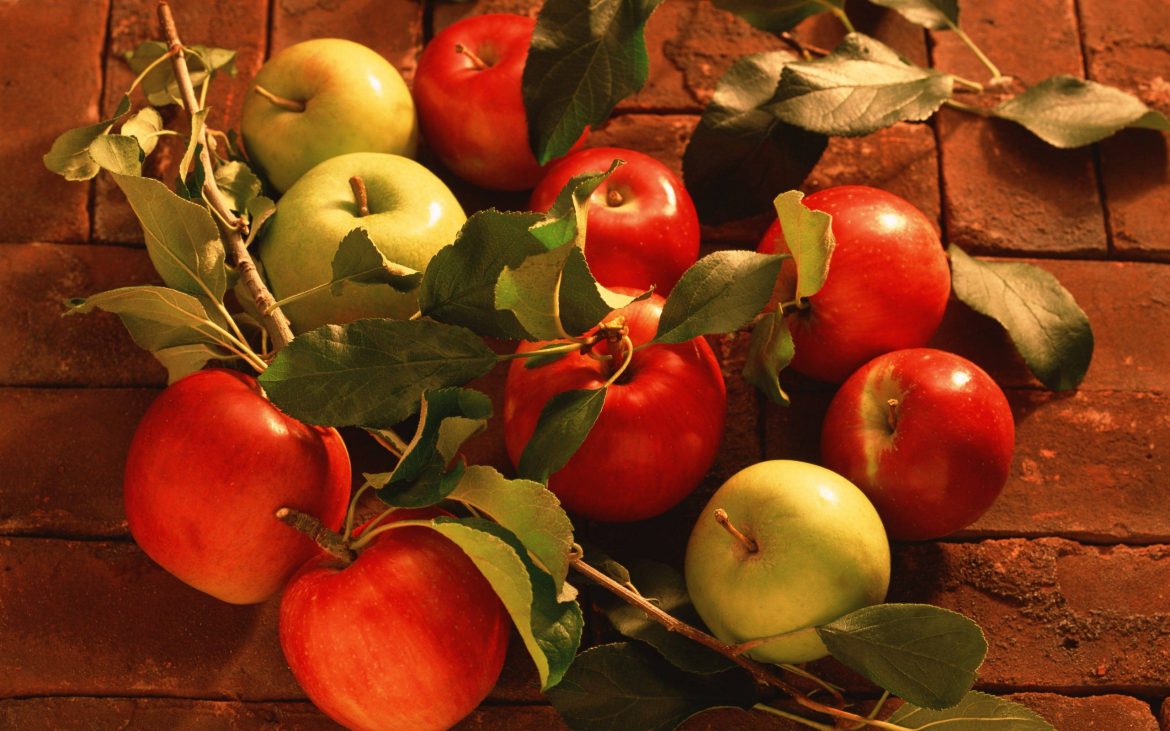

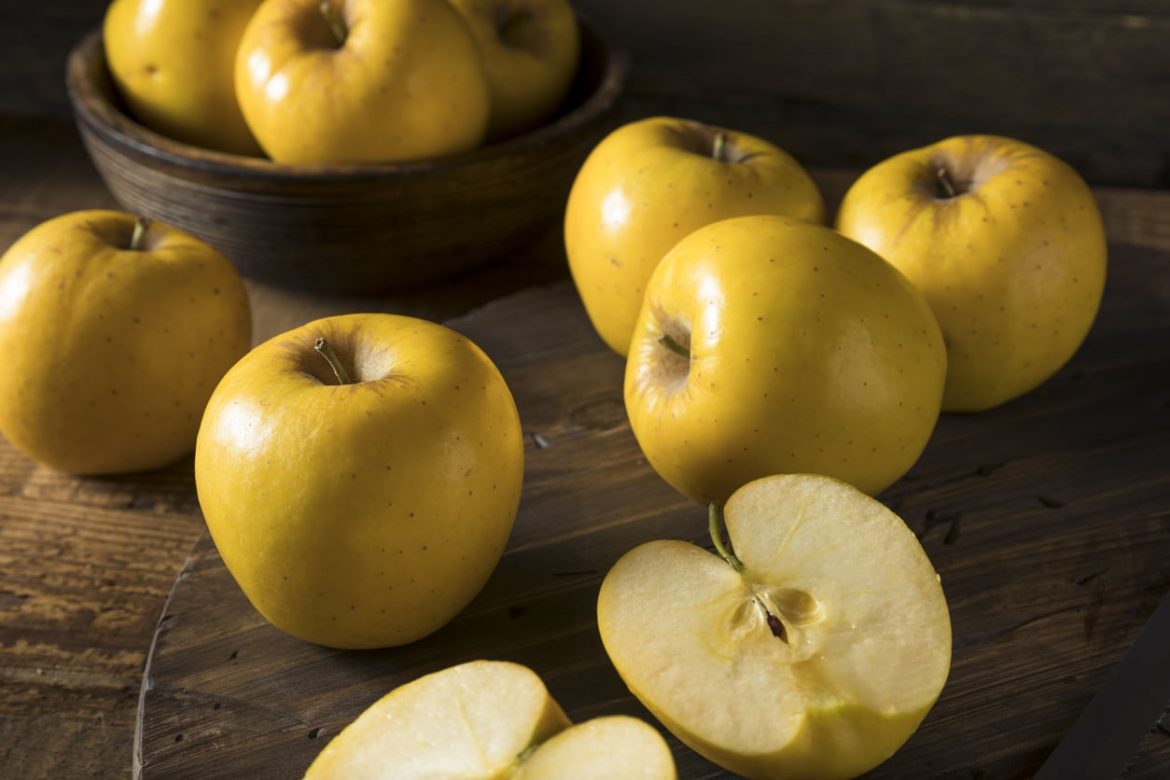


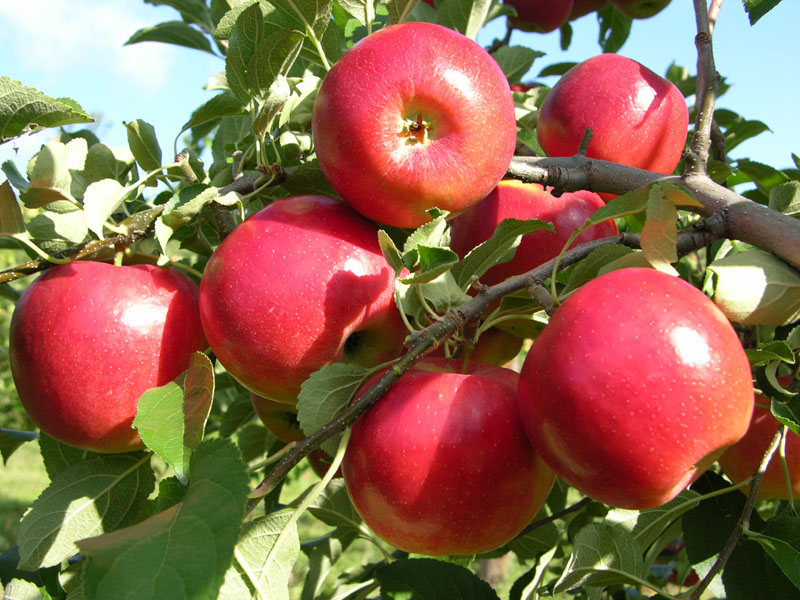


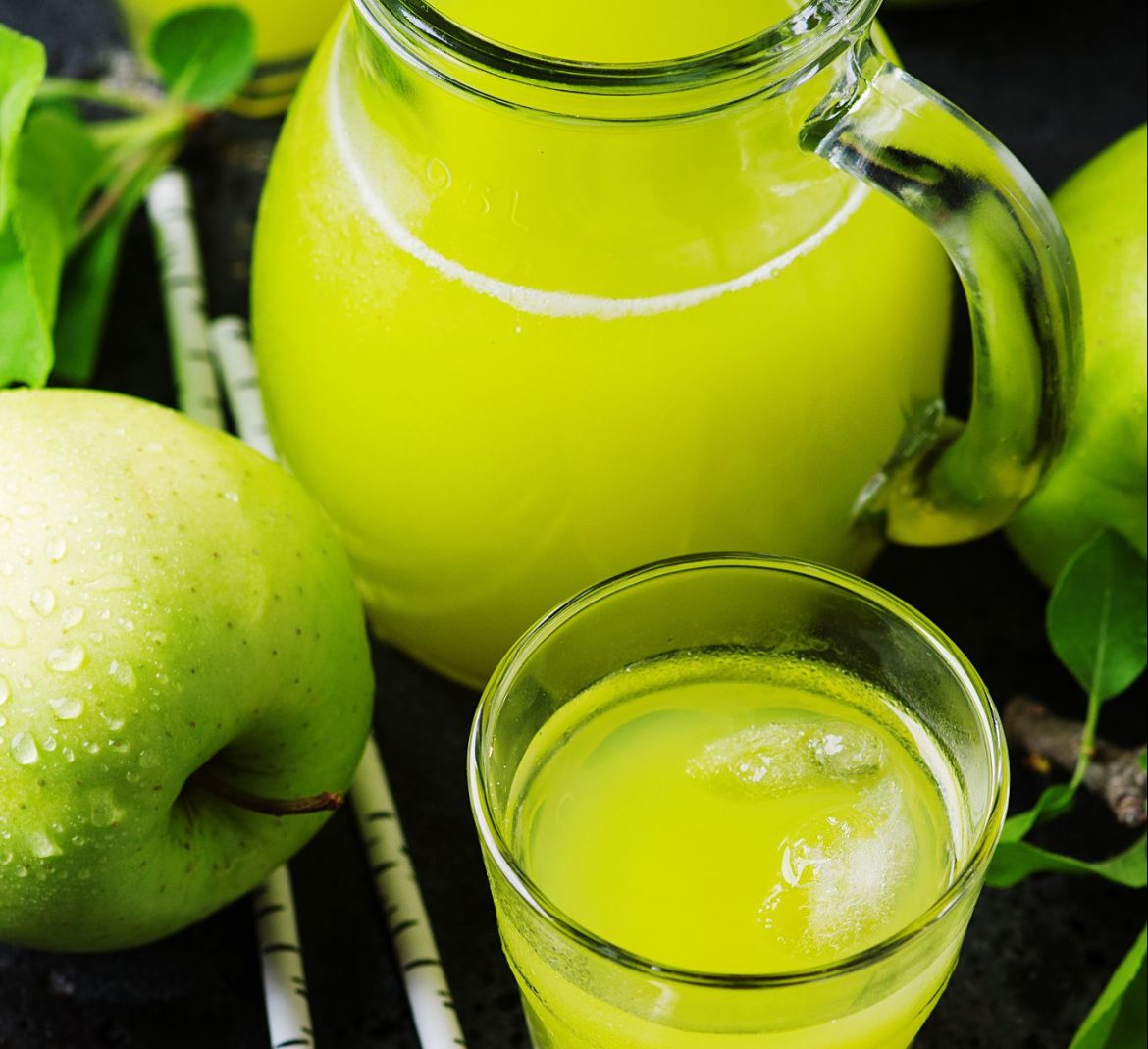
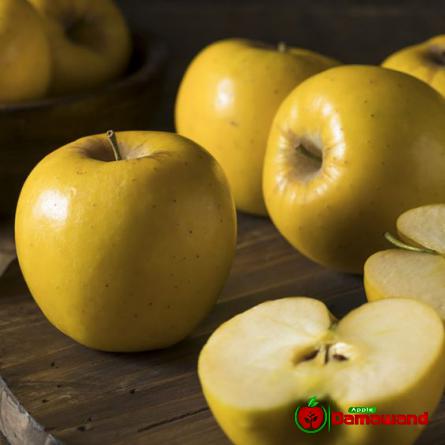
Your comment submitted.